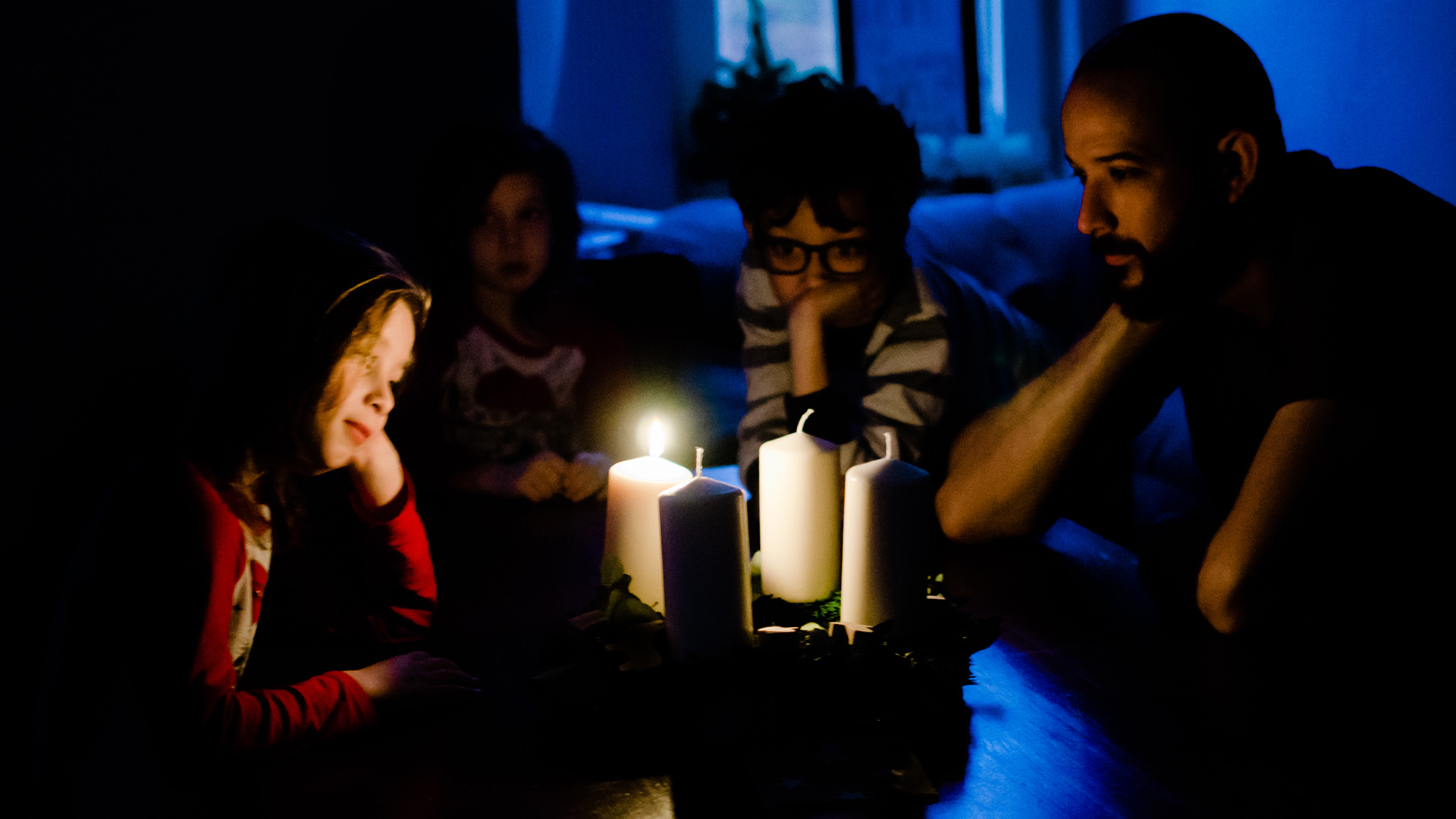
Neither my husband nor I grew up celebrating Advent. It wasn’t until we moved to Germany that we began to understand the significance of the meaning of Advent wreaths and candles. Celebrating the four Sundays of Advent leading up to Christmas Day has become a meaningful time for our family. Of course, we enjoy other holiday traditions too—decorating the tree, making cookies, going to the German Christmas markets. But it’s the celebration of Advent that helps refocus our hearts on the true meaning of the Christmas season.
Advent means the arrival. As we remember the promised arrival of our Savior, Jesus, and await his promised return, our family looks forward to lighting Advent candles that signify hope, peace, joy, and love. We wait in anticipation of the change that will take place in our lives as we prepare our hearts for Christmas. And over the years we’ve lived in Germany, we’ve come to appreciate the origins of Advent traditions that began in Hamburg with an evangelical Protestant home missionary who once ministered here.
The First Advent Wreath
Johann Hinrich Wichern (1808–1881) was eager to find a way to spread God’s message among the people in Hamburg. He worked as a missionary among the poor. In 1833, he founded a school called Rauhes Haus (“Rough House”) to redeem and serve neglected children and orphans by feeding, housing, and educating them.
To help contain the children’s excitement leading up to December 25, he created the first Advent wreath. The first wreath had twenty-four candles. The four largest candles indicated the Sundays of Advent. During daily prayer, a child lit a candle each day up until Christmas Eve when all the candles were finally illuminated.
The tradition of lighting Advent candles caught on in Hamburg and then spread throughout Germany. As the tradition evolved, the number of candles on the wreath were reduced from twenty-four to four. These four candles were lit on the four Sundays leading up to Christmas. In 1930, the custom of the Advent wreath spread to North America.
The Meaning of a Beloved Tradition
In America, Christmas trees often illuminate the house during the cold, dark days leading up to Christmas. However, in Germany, the tradition of decorating the Christmas tree is reserved for Christmas Eve. So, it’s the glow of the candles on the Advent wreath, not on the Christmas tree, that radiates with expectancy as Germans wait for Christmas Day to arrive.
“As we remember the promised arrival of our Savior, Jesus, and await his promised return, our family looks forward to lighting Advent candles that signify hope, peace, joy, and love.”
Many Germans today simply enjoy Advent wreaths as centerpieces on their table. Although the tradition was born in their country, they may be unaware of the symbolic meaning the wreath holds. The evergreen leaves of the wreath represent the hope of eternal life through Jesus. The circular nature of the wreath symbolizes God’s infinite love for mankind.
The four candles denote the four weeks of the Advent season and symbolize hope, peace, joy, and love. Some wreaths also include a fifth candle, the “Christ candle.” This candle is lit on Christmas Eve to remember the one sent to bring us back to God.
As believers, the symbolic meaning of the wreath and candles gives us great reason to celebrate. There is a thrill in the air as my family gathers around our table in our apartment in Hamburg, Germany, on the first Sunday of Advent. All lights are off. We sit in darkness before lighting our candle, and we talk about the meaning of the first candle of Advent: the candle of hope. The thrill of hope—it’s a life redeemed, a marriage restored, health renewed, a soul refreshed, the hungry satisfied, the homeless sheltered, the addict freed, nations at peace.
A Thrill of Hope
In 1848 at the First Congress of the Evangelical Churches in Wittenberg, Johann Wichern advocated for the coordination of social ministries and missions in Germany through the Inner Mission. Historian David Ellis reports that Wichern’s speech emphasized the ethical, moral, and religious decline in Germany that “amounted to revolution against God’s expectations for humans.” Wichern’s involvement in social ministry was integrally connected to his concern for what he termed the “dechristianization” of the people and their need for the gospel.
He believed, just as we do, that we have hope because a child—a Savior—was born. Immanuel means God with us. The name reminds us God lived among us, became one of us. Despite knowing us, our faults and failures, our guilt and shame, Jesus came and took God’s wrath upon himself, wrath we deserved, wrath destined for us. Jesus died for us and rose again so that we could have hope. His resurrection gave us hope that all things will be made new.
During Advent, we give thanks and remember that Jesus was born as a baby to give us hope. And we wait with the thrill of hope for his next arrival—the second coming. We wait for the day when all things will be made new, when there will be no more pain, no more tears, no war or famine. We wait for the day when all the promises will finally be brought to fruition. And because we have hope, we light the candles and eagerly anticipate the day when this weary world will once again rejoice at the Savior’s advent.
Katlyn Pedroza is married to a church planter and is mom to three little travelers. Most days you’ll find her engaging the German culture with her camera in one hand and coffee in the other.

